In nature, although humans have evolved independently on Earth as a unique species for millions of years, there are still many animals that have very similar characteristics and behaviors to humans. By studying these animals that are close to humans, scientists can not only better understand their lifestyles, but also further explore the evolutionary history of humans themselves. This article will introduce several animals that are close to humans in depth and reveal their close connection with us.
Chimpanzees are the closest primates to humans, with about **98.7%** of their genes being the same as humans. They share a common ancestor with humans, which makes them a crucial species in the study of human evolution.
Chimpanzees live in complex social groups and exhibit highly socialized behaviors, such as cooperative hunting, tool use, communication, and emotional expression. Chimpanzees use branches to make tools to obtain food and communicate through body language, facial expressions, and sounds, which are similar to human communication.
Chimpanzees have strong learning and memory abilities. They can learn new skills through observation and remember problem-solving methods for a long time. This shows that their cognitive abilities are highly similar to those of humans.
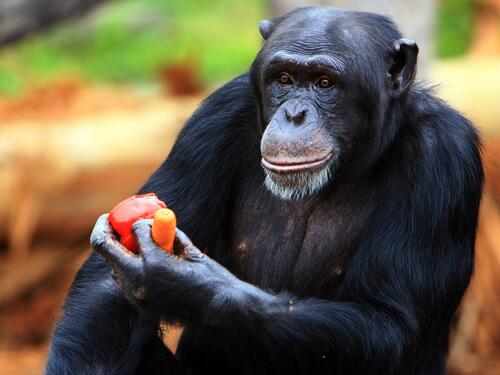
Like chimpanzees, bonobos share about 98.7% of their DNA with humans. Unlike chimpanzees, bonobos interact socially in a more peaceful and cooperative manner.
Bonobos are highly social animals that resolve conflicts in a peaceful and harmonious manner, preferring to defuse tensions through physical contact and sexual behavior. Their social structure is more egalitarian, with females often dominating the group.
Bonobos have a complex ability to express emotions, showing empathy, cooperation, and sharing behaviors. Studies have shown that they have striking similarities to humans in the way they deal with emotions and conflicts.
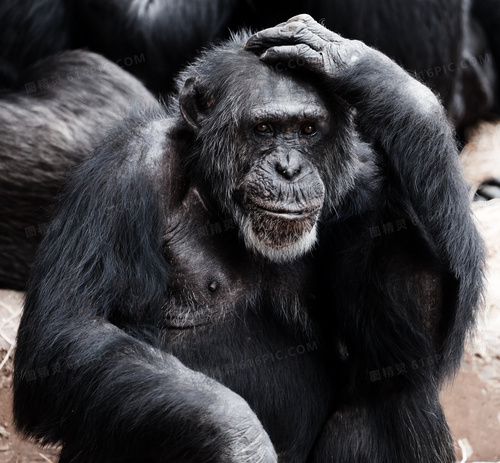
Gorillas share about 98.3% of their genes with humans. Despite their large size and powerful strength, gorillas are gentle and usually feed on plants.
Gorillas live in groups, usually led by an adult male "silverback". Their social structure is somewhat similar to that of a human family, with adult males protecting females and cubs and ensuring the safety of the group.
Gorillas are able to express a wide range of emotions, such as love, protection, anger, and sadness. They communicate through body language, sounds, and facial expressions, displaying complex patterns of social interaction.
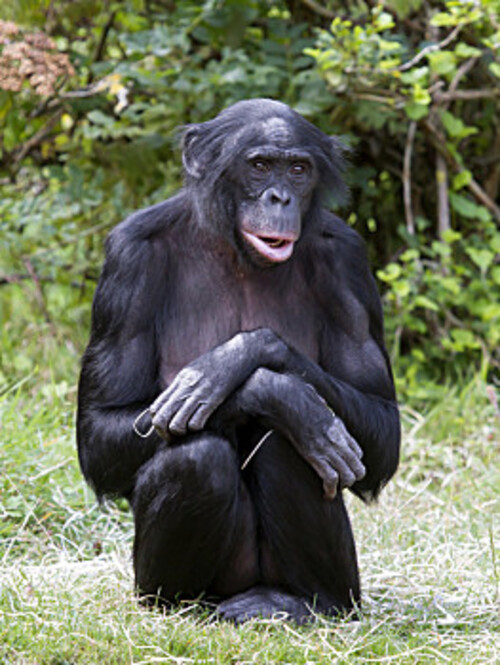
The gene similarity between orangutans and humans is about 96.9%. They are highly intelligent animals, mainly living alone, in the tropical rainforests of Southeast Asia.
Orangutans are second only to chimpanzees in tool use, using branches to obtain food and build nests. This tool use behavior is similar to that of early humans, indicating that they are highly intelligent.
Orangutans have a strong learning ability and can imitate human behavior by observing it, such as using tools or opening bottle caps. This imitation ability reflects their cognitive level and learning potential.
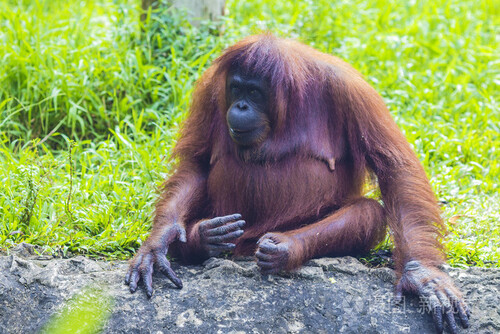
dolphins.html">Dolphins are considered one of the smartest mammals in the ocean. They have well-developed brains and exhibit complex cognitive abilities, social behaviors, and problem-solving abilities. Despite obvious biological differences from primates, dolphins' intelligence is quite close to that of humans.
dolphins.html">Dolphins live in highly organized social groups, communicating with each other through whistles and clicks, and displaying behaviors such as cooperative hunting and mutual care. Their social behavior is very similar to the spirit of cooperation of humans.
Dolphins show emotions similar to humans, such as happiness, sadness, and sympathy. Studies have found that dolphins show mourning behavior when facing the death of their companions, which is very similar to the emotional response of humans.

Elephants live in highly social groups, usually led by an older female. They show strong family bonds in the group, and adult Elephants-Are-Endangered.html">elephants take care of their young and help older and injured members of the group.
Elephants are known for their rich emotional expression, and can show happiness, sadness, anger and sympathy. They even hold "mourning ceremonies" for their dead companions, which is extremely rare in the animal kingdom.
Elephants have a strong memory and learning ability, and can remember the location of water sources, habitats and food sources. In addition, they can solve complex problems and show a high degree of intelligence and adaptability.
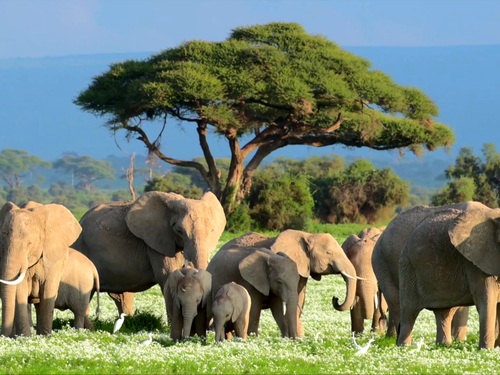
In nature, many animals have striking similarities with humans, from chimpanzees to elephants, they are not only genetically close to us, but also show similar social, emotional and cognitive abilities. The existence of these animals reminds us that humans are not isolated from nature, but share many common characteristics with other species. By studying these animals close to us, we can better understand the evolution of humans and further explore the essence of our biology and behavior.
animal tags: gorilla bonobo chimpanzee orangutan dolphin elephant
We created this article in conjunction with AI technology, then made sure it was fact-checked and edited by a Animals Top editor.